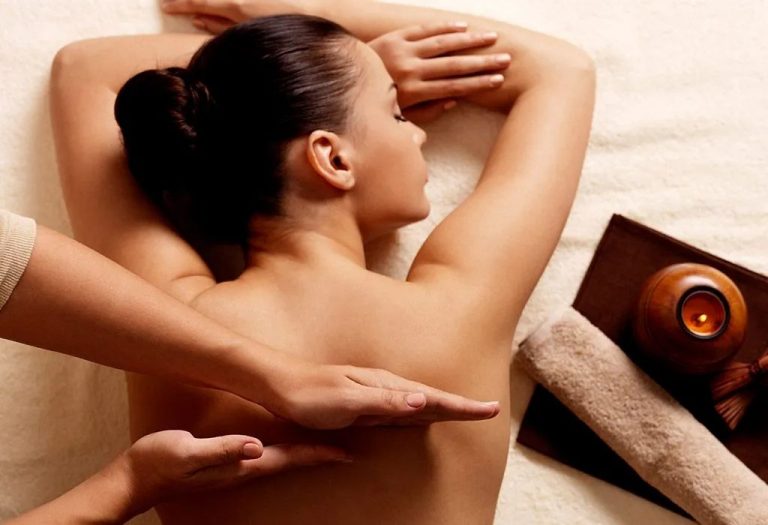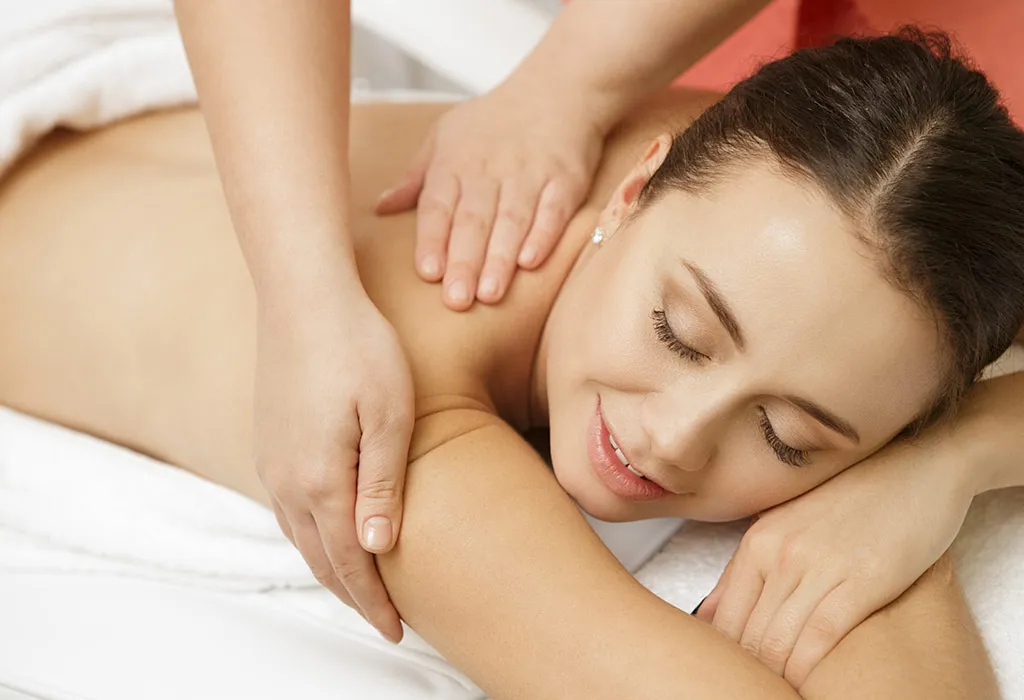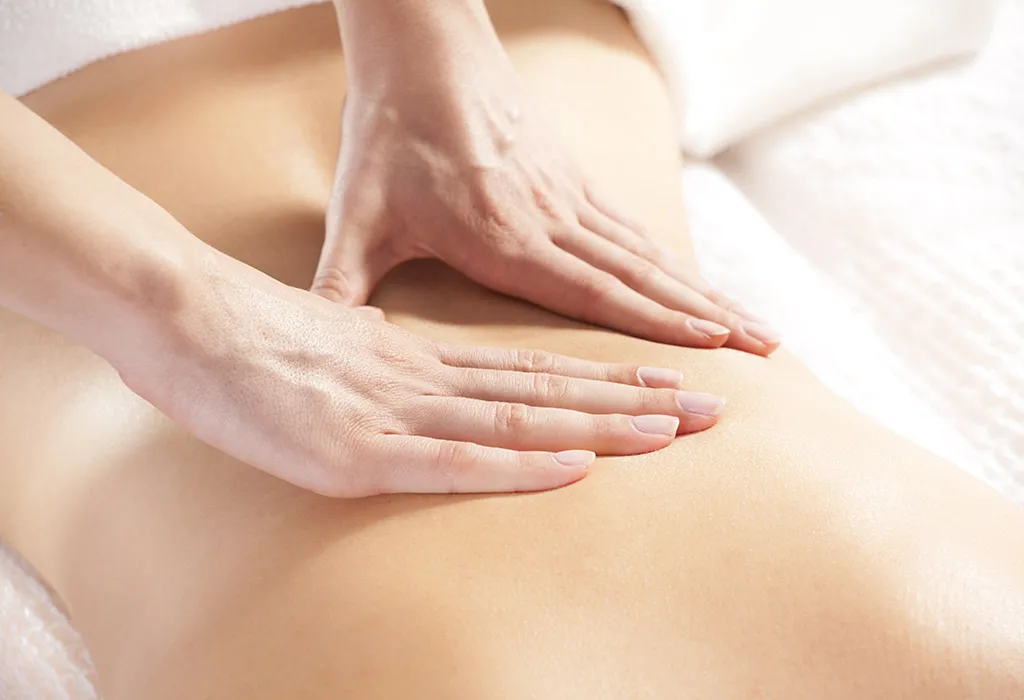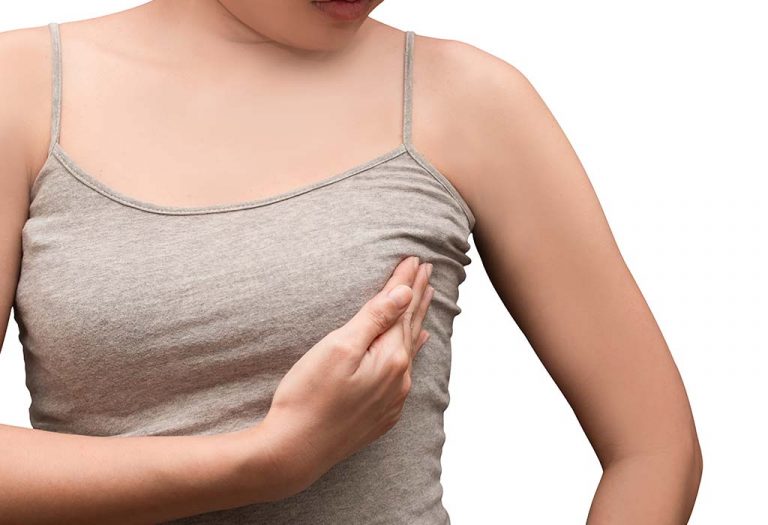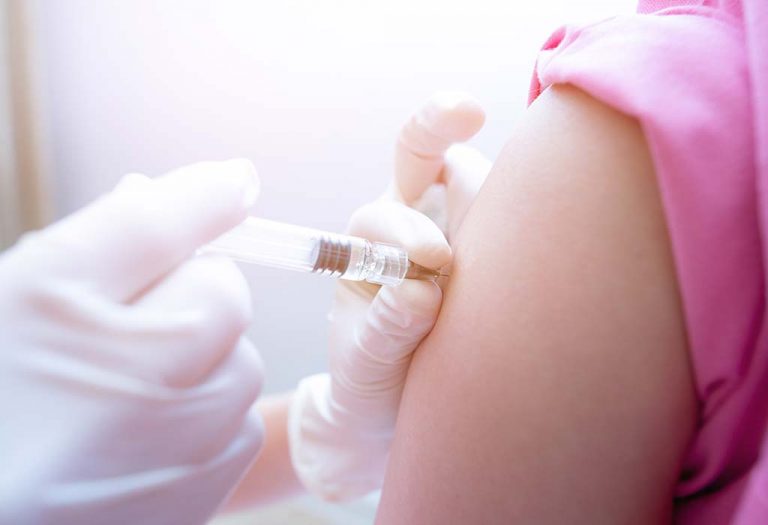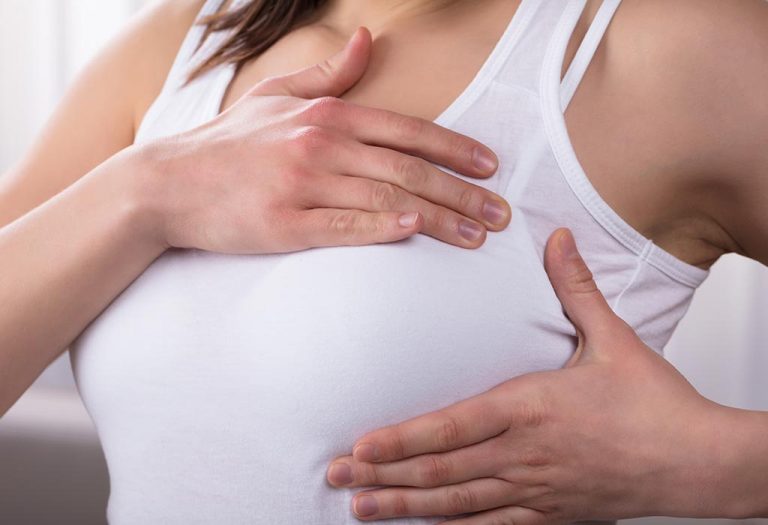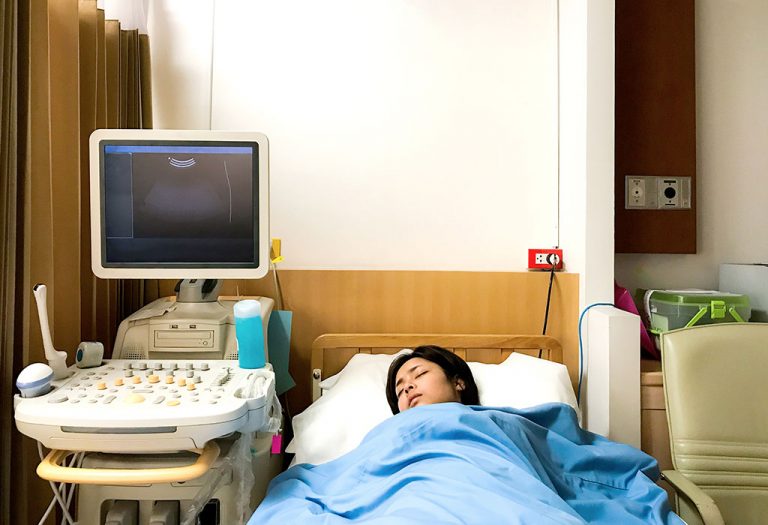Postpartum Massage – Benefits, Precautions and Techniques

Pregnancy is an incredible journey filled with changes in your body and emotions. After giving birth, your body needs time to recover and heal. This is where postnatal massage comes in. It’s a special kind of post birth massage that focuses on helping your muscles and tissues get back to normal after they’ve been stretched during pregnancy. Plus, it’s not just good for your body – it can also help you feel more calm and less stressed. When you’re a new mom, that’s super important! So, postpartum massage is like a little treat for both your body and mind, giving you the strength and relaxation you need to take on the busy days ahead with your new baby.
What Is a Postnatal Massage?
A massage for postpartum is basically a full body massage after delivery. Typically, a traditional or professionally trained masseuse massages your entire body starting from the feet and ending with a relaxing massage for the head. Even traditional ayurveda recommends a 40-day confinement period for the mother after delivery, where wholesome care is provided to the mother and child. Traditional baths with indigenous herbs and natural remedies preceded by elaborate massages are an important part of this routine.
Massages are known to supplement blood flow and aid the release of endorphins that induce a feeling of relaxation. Postpartum massages are even specialised to cater to those specific muscles of your body that are strained after delivery.
10 Benefits of a Massage After Delivery
There are several benefits of body massages after delivery:
1. Helps With Recovery of the Uterus
Uterine contractions help in the natural cleansing process, eliminating blood and other discharge post-delivery. Stomach massage after delivery can aid the uterus in its natural cleansing process and also aid in restoring its pre-natal size and form.
2. Reduces Swelling
Reduced circulation caused by increased pressure on the major blood vessels by the heavy uterus and hormonal imbalances may lead to water retention and swelling of the joints. Working on the soft tissues of the body improves circulation and eliminates excess fluid and toxins (1).
3. Improves Breastfeeding
Postnatal massages involve special techniques to stimulate breast tissue. According to the American Pregnancy Association, a massage triggers the production of oxytocin which causes the ‘letdown’ reflex which could make you release breast milk even during the course of the massage (2).
4. Reduces the Risk of Blocks and Lumps in the Breasts
Massages help improve the flow of milk, loosen out lumps and even help prevent mastitis. Mastitis is a bacterial infection caused by a blocked milk duct in the breast where milk starts to stagnate.
5. Improves Stability, Posture, and Co-ordination
During pregnancy, the core muscles stretch and become weak. Alteration in body mass causes the posture to change and hormonal changes make the connective tissues relax. A postnatal massage can reverse this change and help you get your strength back.
6. Reduces Stress
Pregnancy can be stressful and for months your body goes through a lot of changes. A postnatal massage is just the rejuvenation your body needs to unwind and beat that stress.
7. Helps in Dealing With Postpartum Blues
Postpartum depression may be a serious condition that affects only 10-15% of mothers. It is natural for any woman to experience anxiety, stress and other heightened emotions after delivery. According to the American Massage Therapy Association, the nurturing touch and emotional support provided during the post maternity massage can contribute to a sense of well-being and connection, which are crucial in combating feelings of isolation and sadness often associated with postpartum depression (3).
8. Speeds Up Recuperation
Post c section massage can strengthen muscles and help quicken recovery of your body. It assists you in recovering from the stress of delivery while giving full attention to your child.
9. Makes the Skin Glow
Massages improve blood flow and help soothe stretched tissue. This gives you that beautiful post-pregnancy glow and even reduces stretch marks that you may want to lose.
10. Helps You Return to Your Pre-Pregnancy Body
Post-pregnancy massages can actually help tuck your tummy back in by working on the muscles in that area and improving blood flow. It strengthens strained muscles and helps your body regain vitality.
When Can You Start Massages?
Women who have had a normal delivery can start the postnatal massage as soon as they are back from the hospital. Usually, this is within the first five days after delivery. However, postpartum massage after a c-section can be performed only after the wound has sufficiently healed. This is generally after one to two weeks. It is better to get a go-ahead from the doctor before beginning the massage, in such a case. Also, the massage should ideally be continued for 40 continuous days to get maximum benefits. However, there are many women, mostly the working mothers, who often cut it short due to time constraints.
What Precautions Should Be Taken if You Have Had a Cesarean Delivery?
In case of availing a postpartum massage after c section, it is better to begin after one to two weeks and after getting approval from the doctor. This is because your scar needs to heal before you can begin to take any risk of pulling the skin around that area. Even after beginning the massage, ask the practitioner to stay away from that area and only massage the remaining parts.
When Should You Avoid Post-Delivery Massage?
As with any massage, one should take the following precautions before going for a massage:
- Make sure you don’t have any prior conditions of eczema or rashes that may be aggravated through the massage. Identify any sensitivities and alert the practitioner who is giving you the massage.
- The same applies to any oils or medications that might be applied to your body in the course of the massage. Also, avoid applying the products to your nipple area, so that there is no risk of the baby ingesting it.
- Avoid using products that contain parabens. Parabens disrupt hormone function and are linked to breast and other cancers.
- Women who have high blood pressure or conditions like hernia also need to inform the concerned people and ensure that associated pressure points are not unnecessarily triggered.
- Women who have experienced consistent pre-term (Braxton-Hicks) contractions also need to be careful.
- Women with conditions like pregnancy-induced hypertension (PIH), prior or current high-risk pregnancies should get proper medical advice before going for the massage.
- Other complications like excessive swelling or sudden, severe headaches are also conditions that demand medical attention.
- It is important to provide adequate support to any muscles that might have been extensively strained during the massage. For instance, the linea alba that separates the rectal muscles may be overly stretched due to the added weight and pressures of delivery. During massages, such areas should be tightly held together to train to remain aligned during the course of strengthening.
Which Body Positions Are Safe?
Just as in pregnancy, the best position for getting a stomach massage after delivery is the ‘side-lying’ position. Back support is usually provided using a pillow. It is better to avoid any special tables that have any depressions for the abdominal area causing it to dangle and lead to the misaligned application of pressure.
Postnatal Massage Techniques
Massage therapy following childbirth can be particularly beneficial when administered by a professional massage therapist. Here are some techniques commonly utilized post-delivery to enhance well-being:
1. Classic Massage
Also known as Swedish massage, this technique incorporates a blend of long strokes, kneading, shaking, and tapping motions. This approach induces a sense of relaxation and rejuvenation, contributing to overall wellness.
2. Jamu Massage
Originating from Indonesia, this technique utilizes herbal extracts from various medicinal plants. The firm strokes of this massage technique may aid in toning and strengthening abdominal muscles, potentially assisting in postpartum recovery.
3. Foot Reflexology
This technique targets acupressure points on the feet associated with different organs of the body. By stimulating these points, postpartum symptoms such as depression, fatigue, tension, and stress can be alleviated.
4. Herbal Bath
These are often included as part of postnatal self-care routines, involving soaking in water infused with herbs, spices, and roots. These baths, administered after massage sessions, can help alleviate soreness and invigorate the body.
5. Acupressure
This technique involves applying pressure to specific points on the body to alleviate discomforts and pains commonly experienced post-delivery.
6. Craniosacral Therapy
Post-pregnancy massage techniques could vary from mild circular motions to deeper techniques like craniosacral therapy. Craniosacral therapy focusses on the neck, facial and cranial muscles to ease severe headaches that a new mother is prone to.
Which Oil Is the Best for Massage After Childbirth?
The best oil for a postpartum massage after childbirth depends on personal preference and any specific concerns or conditions. However, popular options include:
- Coconut oil – Known for its moisturizing properties and mild scent, coconut oil is a common choice for postpartum massage. It’s easily absorbed by the skin and can help soothe and hydrate dry or irritated areas.
- Sweet almond oil – With its light texture and subtle fragrance, sweet almond oil is gentle on the skin and suitable for all skin types. It’s rich in vitamin E, which can aid in skin repair and regeneration, making it ideal for postpartum massage.
- Jojoba oil – Similar in composition to the skin’s natural oils, jojoba oil is non-greasy and easily absorbed, making it an excellent option for massage. It can help moisturize and nourish the skin, promoting overall skin health and elasticity.
- Olive oil – A staple in many households, olive oil is rich in antioxidants and vitamins, making it beneficial for postpartum skin. It’s moisturizing and can help soothe dry or irritated skin, making it a suitable choice for massage after childbirth.
- Lavender oil – Known for its calming and relaxing properties, lavender oil can be added to carrier oils such as coconut or sweet almond oil for a soothing postpartum massage at home experience. It can help promote relaxation and relieve stress, making it beneficial for new mothers adjusting to life with a newborn (4).
Different oils may be used to aid the massaging, from mustard oil (a warming oil) to sesame oil (cooling in nature) to specially prepared ayurvedic oils. However, make sure that you are not allergic to any of them.
FAQs
1. Can postpartum massage help with breastfeeding?
While postpartum massage itself does not directly impact breastfeeding, it can indirectly support breastfeeding by promoting relaxation, reducing stress, and relieving tension in the body. These benefits may help improve overall well-being, potentially contributing to a more positive breastfeeding experience.
2. How often should I schedule postpartum massage sessions?
The frequency of postpartum massage sessions can vary depending on individual needs and preferences. Some women may benefit from weekly sessions initially, while others may prefer bi-weekly or monthly appointments. Listen to your body and adjust the frequency as needed, and always communicate with your massage therapist about your preferences and any concerns you may have.
After birth massage is a great tool for new mothers to get back control of their bodies. Keeping all the precautions in mind, you can opt for the one that suits your needs the most, with proper advice from your doctor.
References/Resources:
1. Hytten. F; Blood volume changes in normal pregnancy (Journal of Clinical Haematology); National Library of Medicine; https://pubmed.ncbi.nlm.nih.gov/4075604/; October 1985
2. Postpartum Massage; American Pregnancy Association; https://americanpregnancy.org/healthy-pregnancy/first-year-of-life/postpartum-massage/
3. Massage and Depression; American Massage Therapy Association; https://www.amtamassage.org/publications/massage-therapy-journal/massage-and-depression/
4. Antonelli. M, Donelli. D; Efficacy, Safety and Tolerability of Aroma Massage with Lavender Essential Oil: an Overview (International Journal of Therapeutic Massage & Bodywork); National Library of Medicine; https://www.ncbi.nlm.nih.gov/pmc/articles/PMC7043716/; March 2020
5. The New Mother – Taking Care of Yourself After Birth; Children’s Hospital of Philadelphia; https://www.chop.edu/conditions-diseases/new-mother-taking-care-yourself-after-birth
6. Patel. U, Gedam. D, Verma. M; Effect of back Massage on Lactation among Postnatal Mothers; International Journal of Medical Research and Review; https://ijmrr.medresearch.in/index.php/ijmrr/article/view/2/4
7. Childbirth Diaries: Fundal Massage; Penn Medicine Lancaster General Health; https://www.lancastergeneralhealth.org/health-hub-home/motherhood/your-pregnancy/childbirth-diaries-fundal-massage
Also Read:
Skin Care After Delivery
Postnatal Care in Ayurveda
Precautions to Take After Delivery
Tips to Tighten Loose Belly Skin After Pregnancy
Was This Article Helpful?
Parenting is a huge responsibility, for you as a caregiver, but also for us as a parenting content platform. We understand that and take our responsibility of creating credible content seriously. FirstCry Parenting articles are written and published only after extensive research using factually sound references to deliver quality content that is accurate, validated by experts, and completely reliable. To understand how we go about creating content that is credible, read our editorial policy here.






